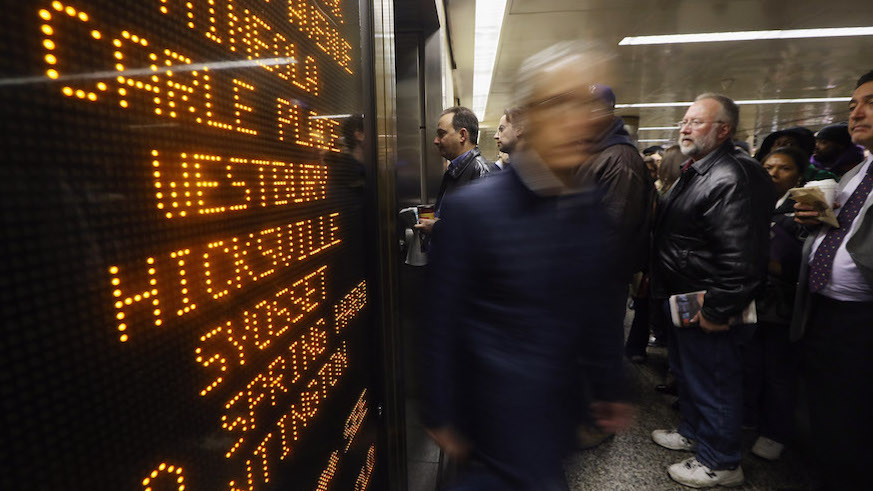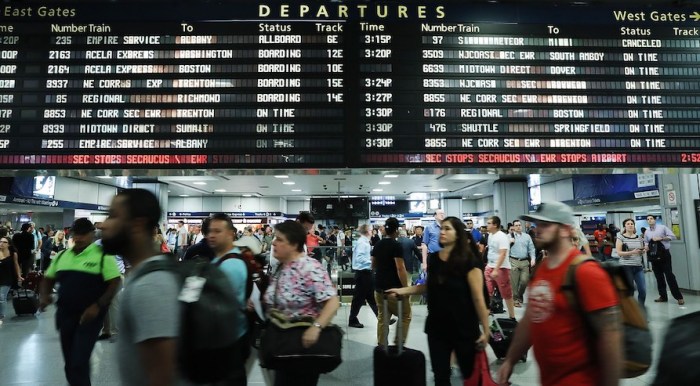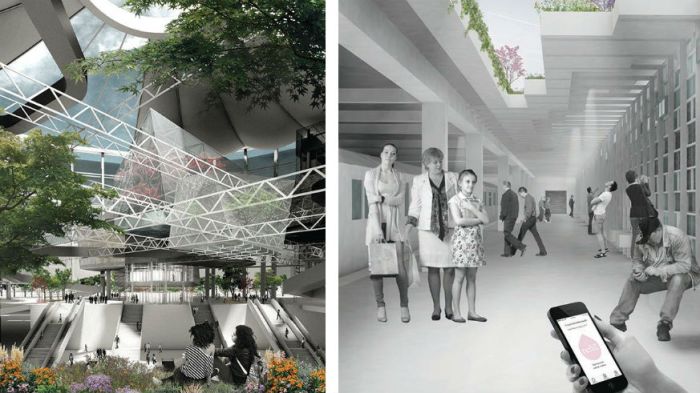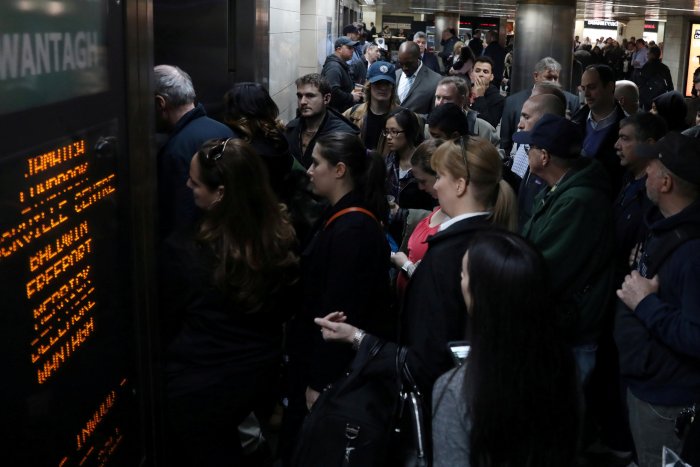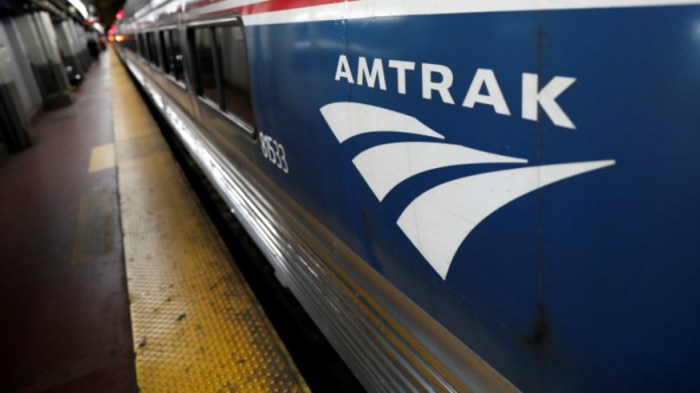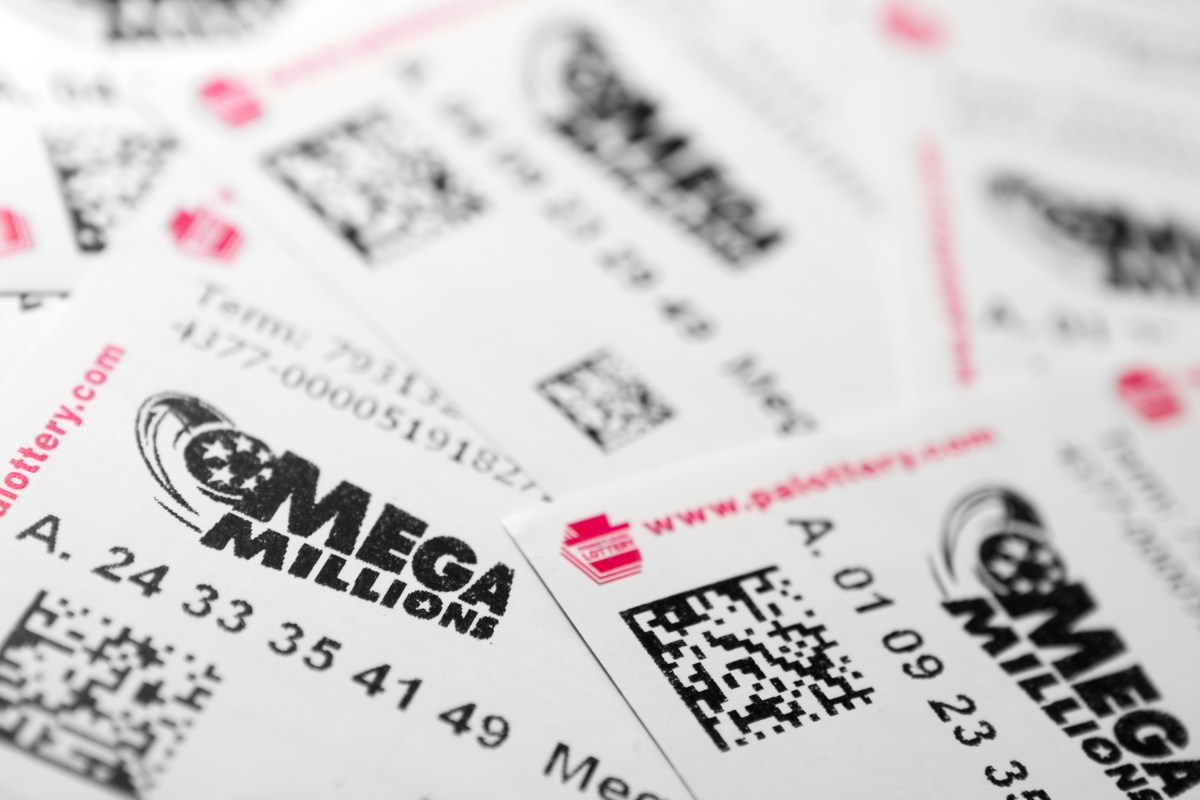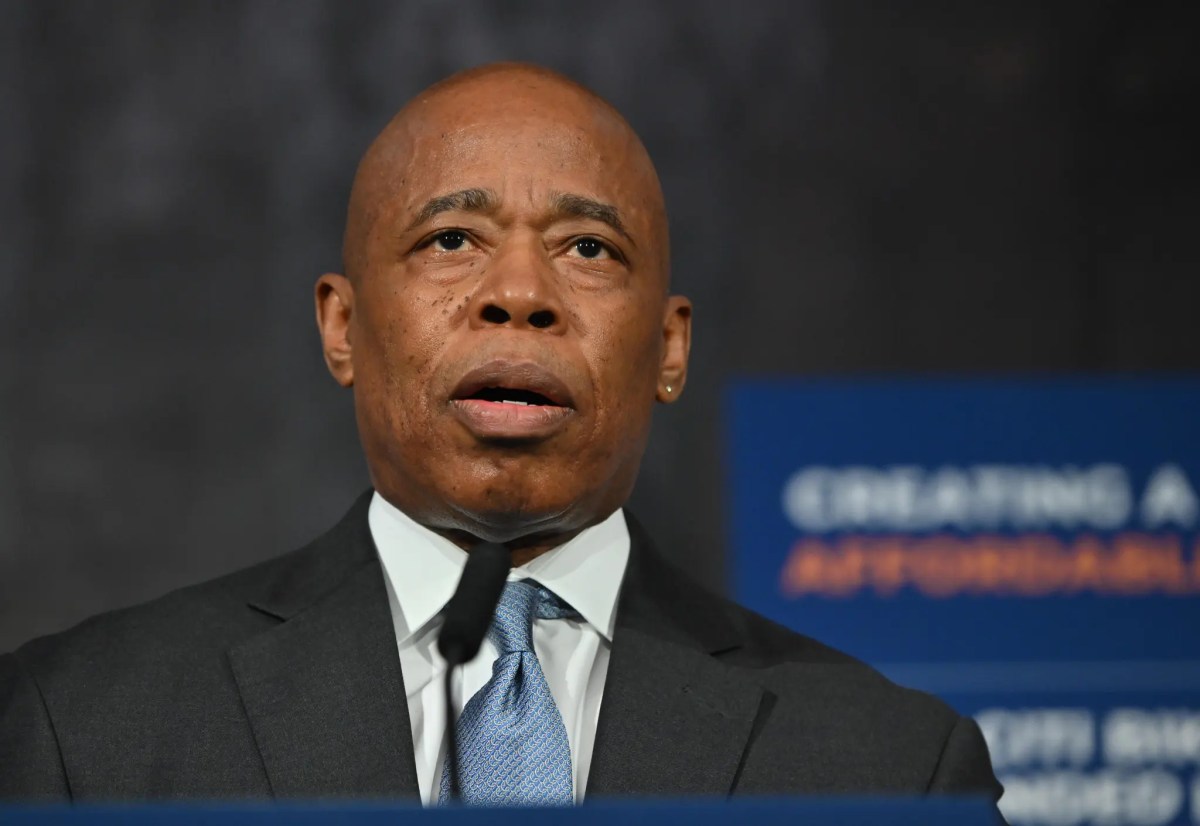Proposals by Amtrak to delay the overdue major repairs to the four East Rive tunnels until after the LIRR begins service into Grand Central Terminal in December 2023 is bad news for both riders and taxpayers. Remember only one of four East River Tunnels can be worked on at a time. It will take one to two years to finish work on each tunnel. As a result, this project may not be completed until end of 2032. This adversely impacts many potential plans for new services into Penn Station.
There is no room to run additional trains in or out of Penn Station during either a.m. or p.m. rush hours via the East River tunnels with connections to Long Island. This has been the case for decades. Three of four tunnels running inbound during a.m. and outbound p.m. rush hours have very tight spacing between trains. One tunnel is shared by the LIRR, NJ Transit and Amtrak for reverse train movements with equally tight spacing during rush hours. There is no platform capacity at Penn Station to accommodate any additional trains during the rush hour. Penn Station is currently operating at 100 percent capacity during rush hours. If one of the four tunnels is temporarily out of service, the result is numerous delays and cancellation of trains.
There are other competing new services looking for nonexistent rush hour Penn Station platform, track and East River tunnel capacity in coming years. Metro North wants to begin service at a cost of $700 million plus from the east Bronx via the Hell Gate Bridge and Harold Interlocking in Sunnyside Queens to Penn Station after December 2023 to coincide with LIRR moving into Grand Central Terminal. Metro North also has future plans ($200 million) to run additional service from Poughkeepsie and other Hudson Line stations via Amtrak Empire Corridor Hudson Line using tracks on Manhattan West Side. The LIRR has invested $450 million to complete double tracking on the Ronkonkoma branch. Once Main Line Third Track is completed at a cost of $2 billion, the LIRR has plans to expand Ronkonkoma branch Penn Station rush hour service. Governor Cuomo also wants to provide new frequent direct LIRR service on the Port Washington branch between Penn Station and Mets Willets Point station. This is to support his $450 million plus LaGuardia Air Train. Additional service from Grand Central Terminal to Mets Willets Point station may also begin once LIRR East Side Access to Grand Central Terminal is completed.
Many Rockaway Queens residents want restoration of LIRR service on the old Rockaway Beach branch, which suspended service in 1962. (Today NYC Transit runs the A subway along a significant portion of the old LIRR right of way.) Amtrak (Northeast Corridor between Washington and Boston along with Empire Service north to Albany & Buffalo) and New Jersey Transit have future plans to expand service in and out of Penn Station.
The $1.6 billion Moynihan Train Hall Station project fails to add any new additional tracks or platforms at Penn Station. This results in no capacity increase for adding any additional new rush hour Amtrak, New Jersey Transit, LIRR or future new Metro North Rail Road trains to serve Penn Station.
Based upon the most recent project recovery schedule, the LIRR may begin service into Grand Central Terminal by December 2023. A majority of the promised 24 trains a.m. and p.m. rush hour peak service will be either new trains or those which previously terminated at Atlantic Terminal Brooklyn. Few will be diverted from Penn Station. With only two tunnels serving Grand Central Terminal, there is little capacity to add additional diverted trains from Penn. Station. There is no equivalent West Side Storage Yard to store trains between rush hours at Grand Central Terminal. Initiation of LIRR East Side Access to Penn Station means the end of direct service to Atlantic Terminal Brooklyn. This will be replaced by a scoot service to Jamaica. Trains can no longer be diverted to Atlantic Terminal Brooklyn as was the case last summer. Only a handful of additional trains could be diverted to Hunters Point. Amtrak’s excuse to wait for LIRR East Side Access to Grand Central Station before starting work on the East River Tunnels is a poor one.
It is doubtful that the LIRR will give up any current 42 peak service train slots at Penn Station even when expanding operations into Grand Central Terminal. There will continue to be a three-way competition between Amtrak, LIRR and New Jersey Transit for Penn Station access, Metro North will also look for rush hour access to Penn Station resulting in a four-way competition. Don’t be surprised if there are no changes to level of Penn Station rush hour service in the foreseeable future.
Larry Penner is a transportation historian and advocate who previously worked in 31 years for the US Department of Transportation Federal Transit Administration Region 2 NY Office.

